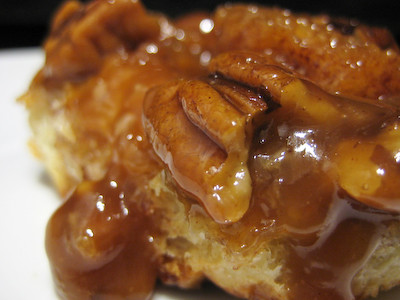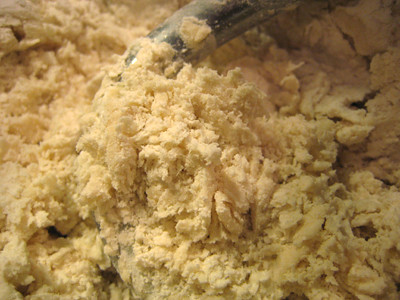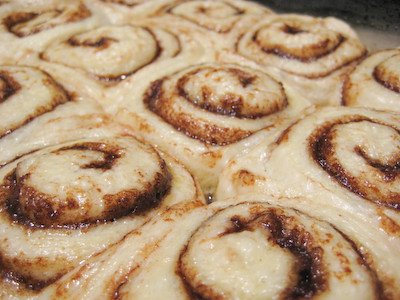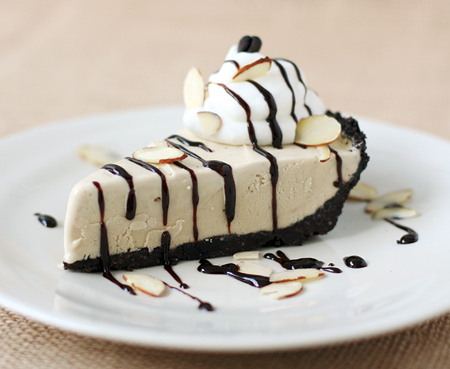The Eiffel Tower is a wrought iron lattice tower located in Paris France. The engineer Gustave Eiffel constructed the tower in 1889 for the World Fair. Named after the engineer in charge the Eiffel Tower has become a global icon in France. The tallest tower in Paris and the most visited paid monument in the world around 7 million people visited the tower in 2011.
Standing the same height as a 81 story building the Eiffel Tower has a square building that measure 410 feet on one side. The tower has three levels that visitors can see. With restaurants on the first and second floor the top level of the platform is 906 feet above the ground. From ground to first level there are over 300 steps. There are another 300 steps from first level to second level. There is a elevator or staircase to each level
On March 31, 1889, the Eiffel Tower is dedicated in Paris in a ceremony presided over by Gustave Eiffel, the tower’s designer, and attended by French Prime Minister Pierre Tirard, a handful of other dignitaries, and 200 construction workers
To celebrate Eiffel Tower day I though we would have to share such a delicious and superior recipe. Today is lemon and orange day so why not share the following beautiful cake recipe.
Meyer Lemon-Olive Oil Chiffon Cake
Makes 1 cake
2 1/4 cups (279 grams) cake flour
1 tablespoon (15 grams) double-acting baking powder
1/2 teaspoon (3 grams) salt
6 Meyer lemons (1 pound)
1/4 cup water (2 ounces/59 grams) or enough water needed to add to the lemon juice to get to 3/4 cup total
1 1/2 cups (306 grams) granulated sugar
7 large egg yolks
1/2 cup (207 grams) extra-virgin olive oil
2 teaspoons (10 grams) vanilla bean paste
10 large egg whites
1 teaspoon (4 grams) cream of tartar
For the lemon glaze:
2 cups (254 grams) confectioners' sugar
4 tablespoons milk, or more as needed
Zest of 1 Meyer lemon
Preheat the oven to 325°F and position an oven rack in the center of the oven.
Place a sheet of parchment paper on a work surface and sift the flour, baking powder, and salt onto it. Set aside.
Zest the Meyer lemons. Squeeze the juice and strain into a glass measuring cup. You should have about 1/2 cup. Add enough water to make 3/4 cup. Set aside.
Pour the sugar into the food processor and process for about 30 seconds until it is light and fine. Scoop about 1/2 cup of the processed sugar into a small container and set aside.
In the bowl of a stand mixer fitted with a whisk attachment (or if you are using a handheld mixer, in a mixing bowl), combine the remaining 1 cup sugar and the egg yolks and mix at medium speed for about 3 minutes, until it is thick, light in color and texture, and creates ribbons in the bowl when the whisk is lifted. Add the oil and vanilla bean paste and mix until well combined.
Add 1/3 of the flour mixture and half the juice mixture, and mix to combine. Add another 1/3 of the flour mixture and the juice and zest mixture and mix to combine, and then the remaining flour, mixing to combine — always ending with flour possible when making a cake. Pour the mixture into a large mixing bowl, scraping the bottom, and set aside. Clean the stand mixer bowl and whisk (or detach the handheld mixer blades and clean them and the bowl) with hot soap and water and dry very well, making sure there's not even a speck of grease on anything.
Return the bowl and whisk attachment to the stand mixer (or reassemble the handheld mixer and set up the mixing bowl), add the egg whites, and mix at medium speed until they are foamy. Add the cream of tartar, and mix at medium speed until the mixture forms soft peaks. Add the remaining sugar, a little at a time, and beat the whites until they hold stiff and glossy peaks (see Recipe Notes).
Stir 1/3 of the whites gently into the batter to lighten it. Fold in half of the remaining whites until there are a few streaks remaining. Fold in the last of the egg whites just until mixed.
Carefully spoon the batter into an ungreased 10- by 4-inch tube, with feet and an ungreased removable bottom. The batter should come about 3/4 of the way up the sides.
Bake for 50 to 55 minutes, or until a tester or toothpick inserted into the center comes out clean.
With oven mitts, invert the pan immediately onto a cooling rack. Let the cake cool completely in the pan.
When ready to serve, turn the cake upright on the rack, and run a thin flexible knife or offset spatula around the outer and inner edges of the pan. Turn the cake out of the pan: Place a serving plate on top of the pan and, pressing the plate firmly with one hand, invert the whole thing with the other, allowing the cake to release onto the plate.
Prepare the glaze: In a small bowl, whisk the sugar, cream, and lemon zest until blended. Drizzle liberally over the cake, letting it drip.
Recipe Notes
- The Meyer lemon is a hybrid variety of lemon that is sweeter and less acidic than other lemons and very fragrant. It is in season from October through May. It is named for the importer who brought it to the U.S. from China in the early 20th century.





































